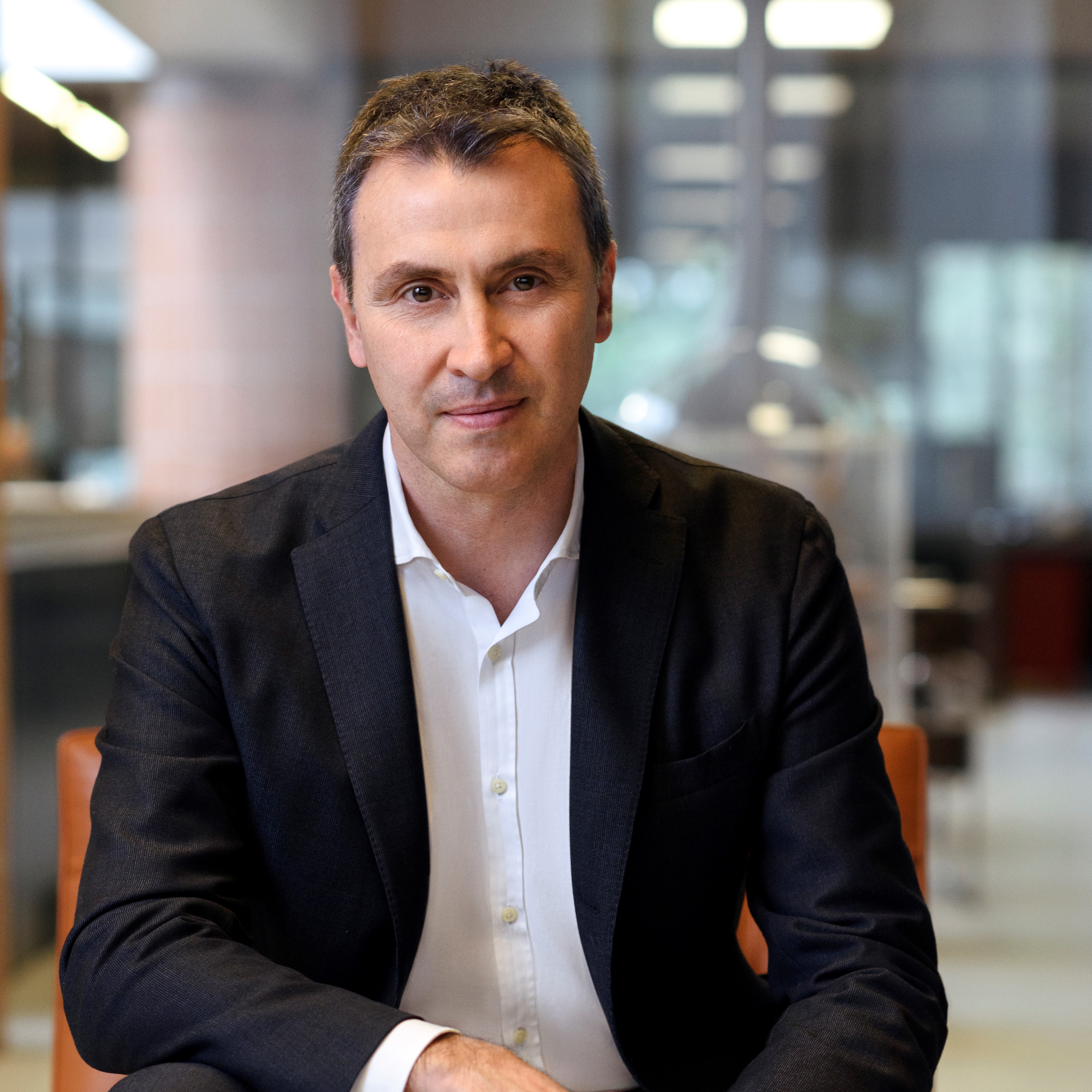
CLASS chats to Marco Ferrari, CEO of Illva Saronno, owner of Disaronno
Would you be able to give us some details on the global growth of the spirits business?
The business environment for spirits can be challenging, we’ve seen better times. In 2024 it was the first time in 26 years, that spirit consumption in the US was down. There is an entire generation of people that have never seen a negative downturn and always a positive push, I think this is probably good for our education in the industry. I believe the current pessimism is probably exaggerated, in 29 years I have seen the industry dying three times. It really came out stronger than ever - I do see resilience.
Within this context we have been doing well, 2024 was generally positive for our business, we grew across all regions, especially in Asia and Europe. We had some impact from the destocking in the US, it is happening in other countries too but in the US a lot more. It is a bit of a distortion to the real consumption, which is actually positive, we are in a good position in 2025 to date.
Disaronno is growing at a high single digit rate, our newer brands like Engine gin grew by over 40% and thanks to the Limoncello Spritz trend Isolabella Limoncello saw more than 50% growth, especially in the UK, Netherlands and Germany. We are in a good place and are very happy that our Irish whiskey The Busker reached 150,000 cases.
In Europe what are the key markets Disaronno is succeeding in?
The UK is our second largest revenue stream in the world, after the US. Within Europe, the UK is a priority for us, along with the Netherlands, Belgium and Italy - these are our biggest markets and it is not a coincidence that we have our own road to market and subsidiaries in these countries. Scale helps sustain strong sales, our marketing team and structure generates a lot of success. We’ve invested a lot in our route to markets, particularly focussing more on the on premise, which historically wasn’t a strength for our company.
Our focus in the last year in particular has been to build competencies and in terms of dimension the teams have grown, becoming stronger in driving our own success. We have had some great growth in Eastern Europe in the Balkans in particular, with strong partners there and Greece, we are on a good trajectory in 2025.
How is Disaronno performing in the wider liqueurs market?
Overall the liqueurs market is very crowded, it really depends how you narrow down your competition. The point of reference can change depending on the market, even competitive set, we have different brands and use as reference in different countries, the way they are drunk, drinks strategy or occasions - it is a very diverse and crowded category.
We have managed to stand out across the decades, we have became the most iconic Italian liqueur - 500 years old. We have managed to do this through two key concepts, we have been very consistent in our quality, recipe and in our investments, because we do need to sustain the brand and the equity. It is great because we are privately owned, there is a family behind it, which are a big benefit of ours. The family does not care about the short term, they really care about the long term. We can invest, I’ll sometimes make decisions that in corporate companies wouldn’t make sense in the short term. It is a privilege and it has really helped us to stand out.
The other thing that has helped us a lot is adaptability, which is almost the opposite in a way. We are consistent in the core and in the values but we adapt when it comes to facing the consumer, those are the key ingredients. We have never forced a drinks strategy that was successful in Italy to consumers that are in the US or UK. One of our main drinks strategies which is the Disaronno Sour, didn’t start in Italy it started in the US - it didn’t hinder the brand, or challenge the consistency it actually built it into a successful, iconic brand.
What is your perception of amaretto consumers? How are they drinking amaretto?
It goes back to the adaptability, If you think of us as one and a half million cases around the world, we are sold in many countries. Our consumers, they span for generations, from the traditional consumers who are enjoying Disaronno on the rocks, to our younger consumers who are discovering the brand through new and creative cocktails, generally the category and our brand is enjoyed in a variety of ways, it is an incredibly versatile drink.
Versatility is great, we want bartenders to play with it, but ultimately the successful brands end up having one or a small number of key drinks strategies. For us a key strategy is the Disaronno Sour and the Disaronno Spritz which is very summery and refreshing. In the US and Asia for example we have been successful with the Godfather, which is Disaronno and whiskey. We are trying to create a little bit of a buzz around specific recipes, depending on the region.
Can you tell me more about the UK expansion of the business, are there any more brands or expressions you are looking to introduce?
With the UK being our second largest market in the world, it is a top priority. We have built a great portfolio of brands, with Disaronno and Tia Maria being the core, they’ve been around longer but we have expanded to new categories like our Irish whiskey The Busker, American rye Sagamore and our gin Engine, we have built a large portfolio in the UK, we are putting a lot of effort into Isolabella Limoncello. We want to make sure that we are capable of supporting all of these initiatives - I think we have the people, the talent and the power to cover these brands and to give them the right level of focus.
We also have the investment capabilities to support all of these initiatives, we need to get those right. At the same time, we are looking into other potential categories. Acquisitions are important for us, they have to be to the right decision. We have a very focused mindset in terms of which categories we want to enter in the future, which we are not sharing directly but it’s very clear where we want to go. We want to invest on our route to market in the UK and build an even stronger team and set up capabilities.


